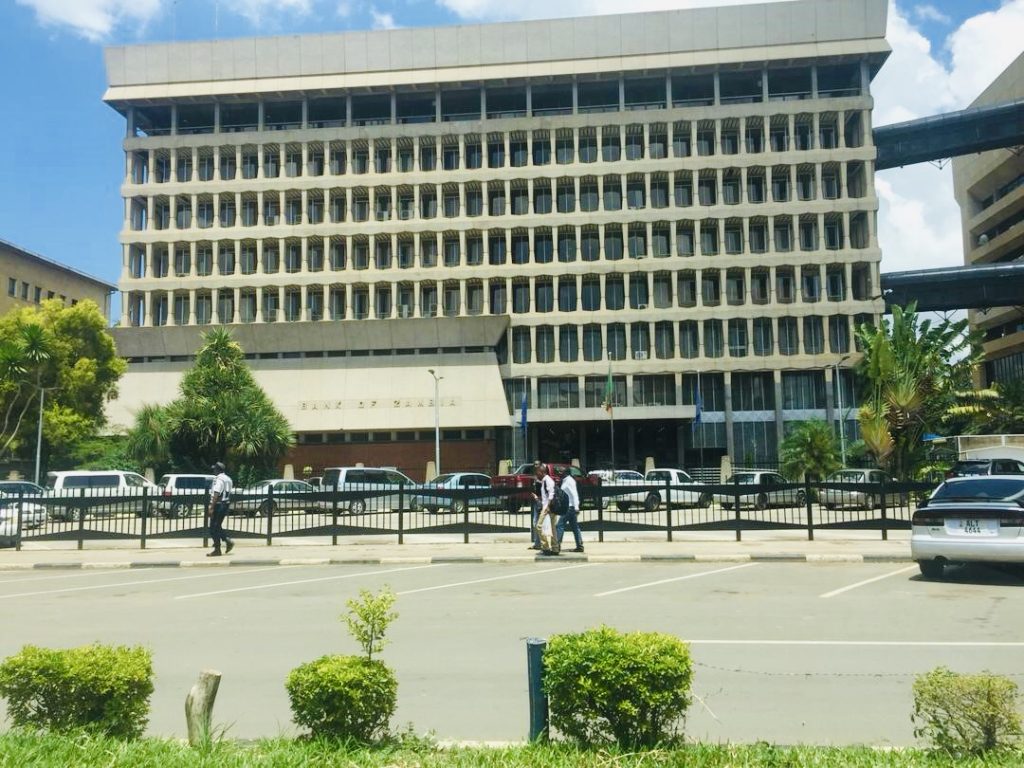The odds of a rate hike in this weeks monetary policy meeting in Africa’s second largest copper producer are lean. The Bank of Zambia will commence two day rate decision deliberations on Monday 18 Aug through to the 19 Aug with the announcement to be made on Wednesday 20 August by the Governor in the banks auditorium. Last rate decision meeting saw the MPC team resolve to tighten the benchmark interest rate by 50 basis points to 10.25%, the first hike in over 2 years. With rising currency risks that saw the copper currency slide to 42 month lows at 14.25 against the dollar in a government security bearish yield rate environment, the BOZ tightened monetary policy to help curb a currency slide. The Kwacha rallied to levels of 12.45 on the other hand after drawing a line in the sand at 13.0.
Risks to inflation have persisted with energy rationing effects weighing business pulse as measured by the purchasing manager index that last slid deeper into contraction zone at 44.4 (July) as Zambia has registered weak private sector activity for 10 months in a row. Drought effects on food security have escalated with Zambia recording the worst situation since 1981 whose effects are pushing maize prices higher. Inflation has widened to 8.8% breaching the upper bound of the BOZ 6-8% target in line with the central banks projection of elevated consumer price index for the 8 quarters (2years).
Govie yields remain elevated
The government securities market has been muted with dampened appetite through 16 under-subscriptions of the 17 short term debt sales offered this year. This has pushed the finance Ministry below its fiscal revenue targeted. The Kwacha yield curve remains elevated and is a source of concern from an interest rate spiral perspective. One year treasury bills are now paying 27.5% while 5 year bonds were priced at 30.5% in the last primary auction 2 months ago. Secondary market yields remain at spreads of 300-350bps above the current primary curve at 33%-35% reflecting offshore credit risks perception of Zambia after Moody’s (Caa2) and Fitch (CCC) rating downgrades this year.
Tightened monetary policy already in force
Despite the marginal May rate hike, where the BOZ signaled a potential genesis of a rate hiking cycle, the central bank has actually embarked on an intelligent monetary policy tightening program in the last quarter. Liquidity has been tight signaled by the banks constant presence in Open Market Operations (OMO) managing supply of currency. This has in part supported the weak currency, managing volatility swings observed in the period.
Growth remains subdued in 2019
Growth however has been anemic with Q1 posting 2.6% compared to 2.7% a year ago same time. The IMF and World Bank trimmed Zambias growth forecasts to 2.2% and 2.3% respectively as the MOF revised its 2019 forecast to 2.5% given the current risks to growth ranging from energy deficits to drought effects to decline in mining productivity.
Very little latitude for policy easing
Given the fiscal posture of the sovereign, the central bank has little latitude to ease monetary policy which technically has bottomed in light of the dislocation between fiscal and the monetary side of things. The central banks monetary policy tightening has is to some extent working well with currency stability resulting. However another key driver of currency pressure is the central bank that has been in the market for dollars to accumulate dollars for debt repayments.
Given the current fundamentals it is very unlikely that the monetary policy committee would adjust the policy rate higher. Any adjustment would make credit extension costly in an environment needing stimulus to trigger stronger growth. We attach a 90% likelihood that the benchmark rate will be left unchanged.
Business Telegraph Markets Desk Editorial

